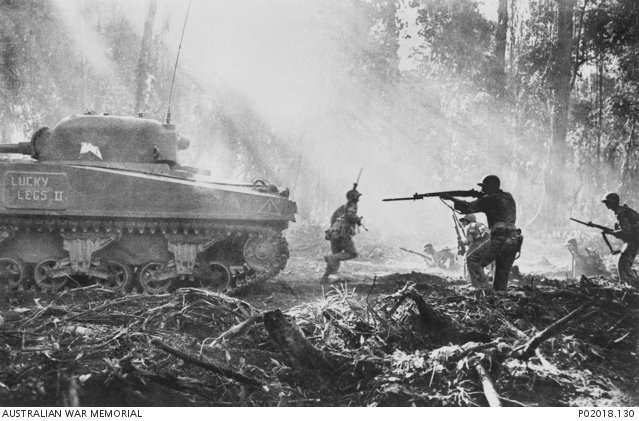During World War II, the Solomon Islands campaign was a pivotal series of engagements between Allied forces, primarily the United States and Japan, over strategic control of the Solomon Islands in the Pacific theater. The campaign, from 1942 to 1945, marked a turning point in the war and left behind a legacy of historic wrecks and battle remnants that now serve as underwater memorials and significant dive sites.
USS Atlanta
The invasion of the Solomon Islands, particularly the Guadalcanal campaign, was a fiercely contested series of battles encompassing naval clashes, air strikes, and intense ground combat. The goal was to establish an airfield on Guadalcanal, providing a critical base for the Allies to advance further against Japanese forces.
Ground Combat in Bougainville
Key naval battles, including the Battle of Savo Island, Battle of Cape Esperance, and the Naval Battle of Guadalcanal, resulted in numerous shipwrecks on both sides. The waters surrounding Guadalcanal, famously known as the Ironbottom Sound, house remnants of warships and aircraft that now form part of the area's historical and cultural heritage.
Kinugawa Maru
Beyond the sunken vessels, the wrecks include aircraft from both sides, scattered across the ocean floor. These remnants serve as a testament to the technology, sacrifice, and valor displayed during the conflict.
Mitsubishi G4M
Today, these wrecks are significant historical sites and underwater memorials, attracting divers, historians, and enthusiasts. They offer a unique opportunity to explore and commemorate the events of the war. However, it's important to approach these sites with respect as they are also war graves, honoring the lives lost during the intense battles of the Solomon Islands campaign.
Exploring these submerged artifacts provides a window into the past, shedding light on the harrowing experiences of those who fought in one of the most crucial and fiercely fought campaigns of World War II. As historical treasures, these wrecks contribute not only to our understanding of the conflict but also stand as reminders of the sacrifices made during this pivotal moment in history.









